“The Theater District has undergone serious transformation over the last century. During the early 20th century, the area was known as home to history-making families such as the the Astors and the Rockefellers, and was officially named for the New York Times original headquarters on the square in 1903.
The post-Depression era saw an influx of downtown-bred music, dance, and drama venues (hence, the term “Theater District”), and a mid-century decline followed by a city-led commercial rebrand and tourist boom. Today’s Theater District is a hub for awe-inspiring happenings around every corner.
WHAT TO EXPECT
An energetic, commuter-friendly neighborhood surrounded by iconic NYC streets and scenery.
For those that want to live and play at “the center of it all”, there’s no more stimulating place than the Theater District, often also referred to as Midtown West. Life here can feel like more like a global crossroads than a defined neighborhood. The gleaming building towers and dayglo signs define the look and feel of the area as much as the residential buildings themselves.
THE LIFESTYLE
High-energy days and nights, destination entertainment venues, and an approachable (and always packed) drinking and dining scene.
Manhattan owes much of its fast-paced cultural reputation to the sights and sounds that you’ll only find in the Theater District. Street artists, souvenir carts, and a constant flow of foot traffic keeps the neighborhood on a round-the-clock cycle of commerce, culture, and fun-seeking. Despite the crowds, an overwhelming array of public events and happenings make for a never-ending supply of things to see and experience.
The Gershwin Theater, Carnegie and Hudson Hall broadway shows keep culture buffs flocking to the area night after night. Rising dance, music, and visual art talents treat Times Square as a training ground for their latest material, from stand-up routines to spray-paint portraits. When it comes to dining, the Theater District is an equal mix of swank eateries and over-the-top national chain outposts, from celebrity chef and hotel eateries such as Eric Ripert’s Le Bernardin and The Lamb’s Club, to Manhattan classic Bond 45 and the country’s largest T.G.I. Friday’s location.
WHAT NOT TO EXPECT
A quiet neighborhood vibe or extensive green space.
Taxis and tourist destinations dominate the Theater District scene. Those seeking more greenery and room to spread out and have fun should look west to the Hell’s Kitchen waterfront or the less congested streets of Midtown East. Things tend to slow down (and get greener) the closer you head north, and many residents choose to rent on the Theater District’s northernmost blocks along 59th Street -- a.k.a., Central Park South -- for the iconic address and awe-inspiring city skyline views.
THE MARKET
Competitively priced. Modern doorman buildings become more expensive as you move further north toward Central Park South.
Newcomers are pleasantly surprised to find competitively priced studio apartments and penthouses in the heart of Times Square. Not surprisingly, public green spaces (and space in general) come at a premium here. Larger floorplans are more common among the more expensive options bordering Central Park West.
YOU'LL FALL IN LOVE WITH
Endless people-watching and entertainment options.
Larger-than-life commercial outposts and talent spanning Broadway and beyond attract visitors and residents from all walks of life and corners of the globe. From jaw-dropping landmarks such as towering One Times Square and majestic Carnegie Hall, to the open-air TKTS public amphitheater pavillion and never-ending theater options, wonder and excitement are a way of life in the Theater District.
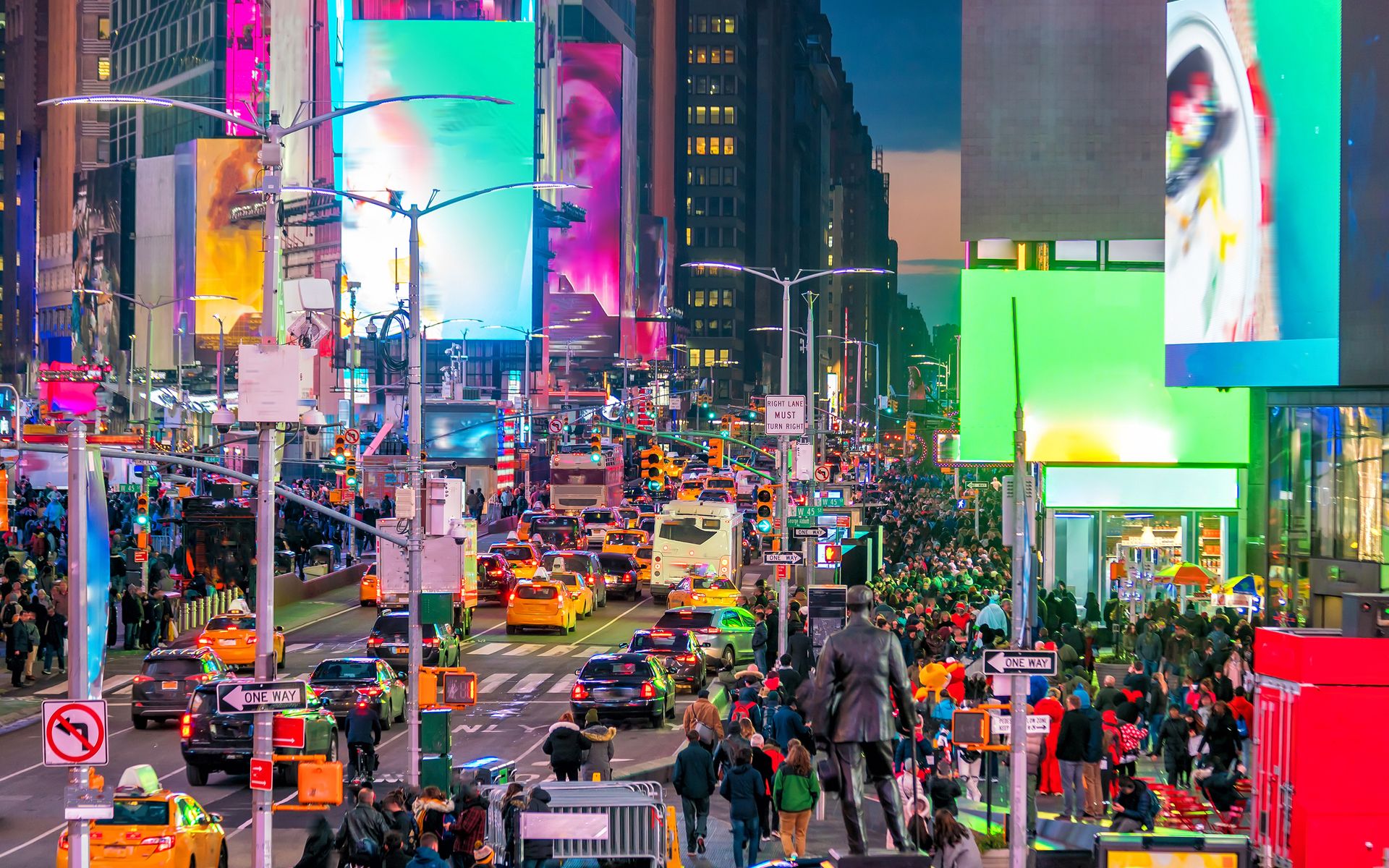


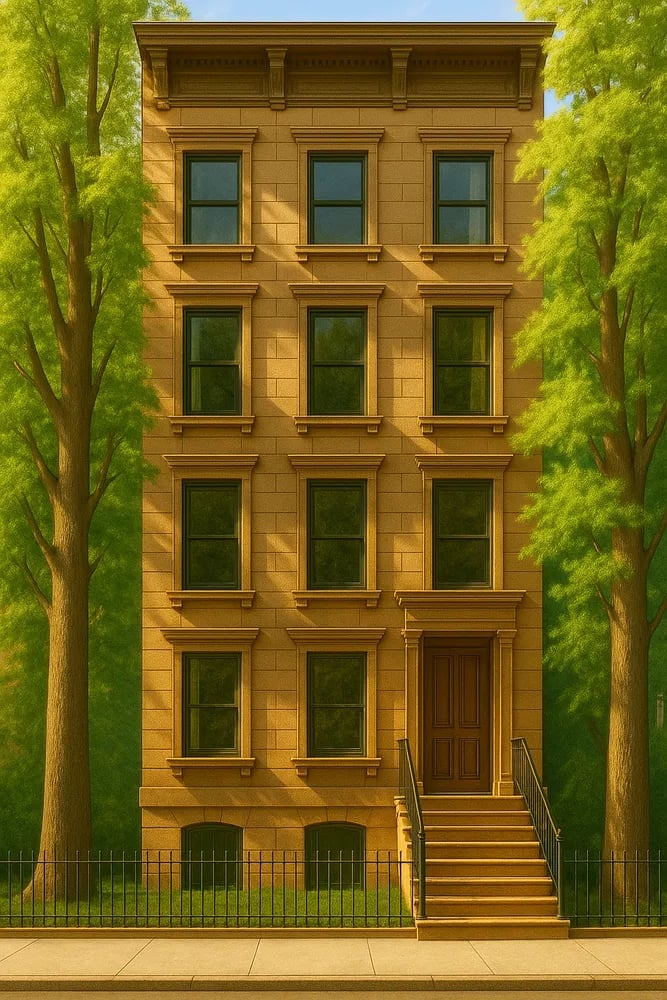 For Sale
For Sale
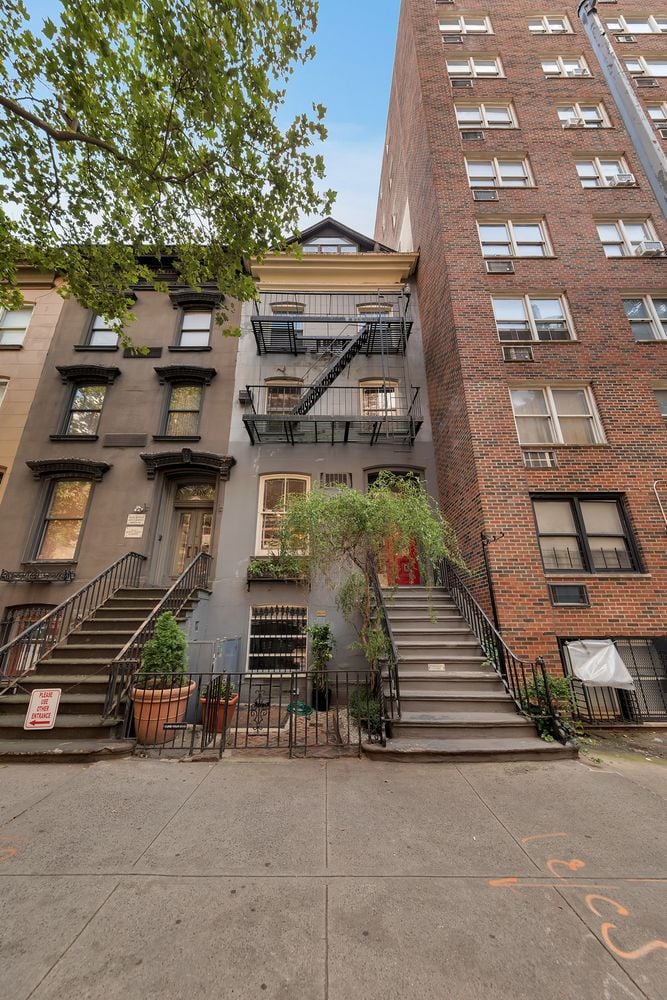 Under Contract
Under Contract
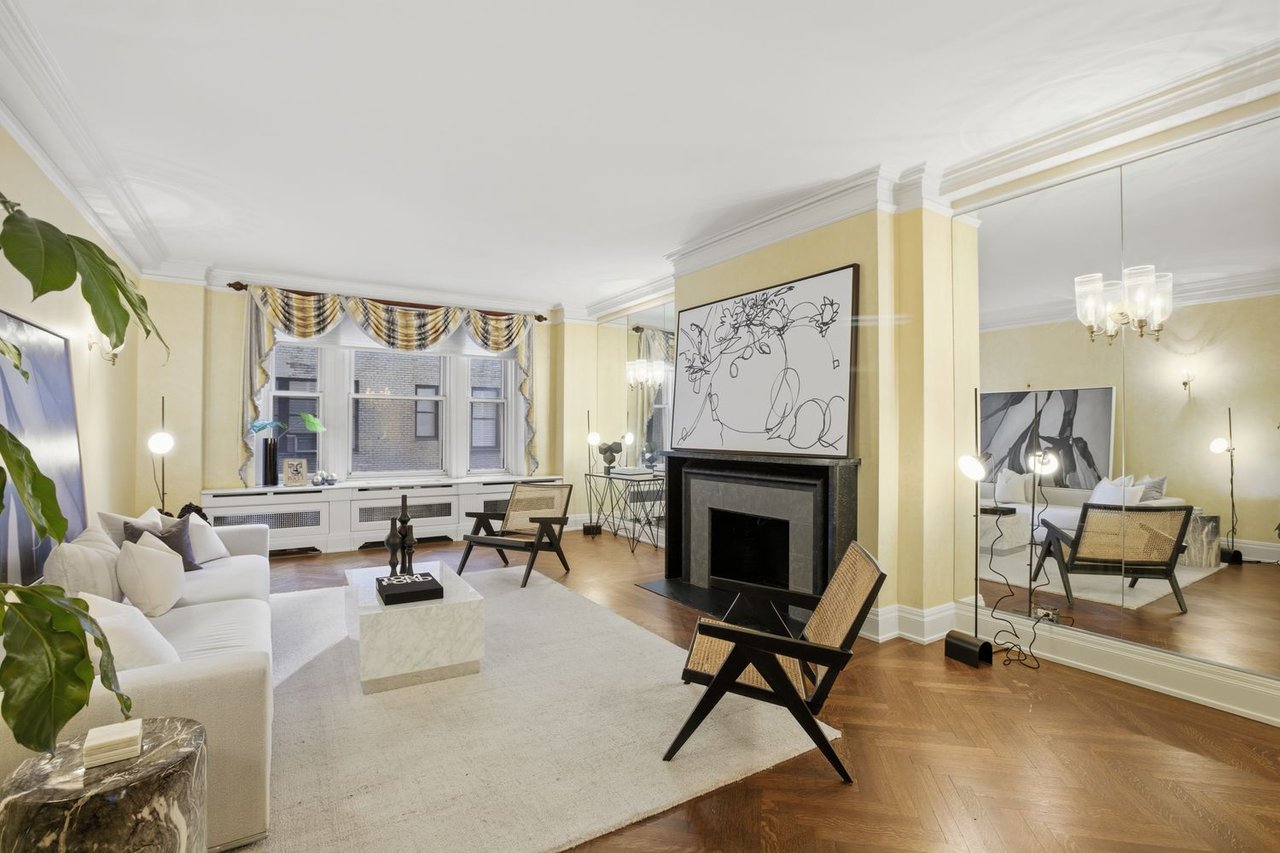 Under Contract
Under Contract
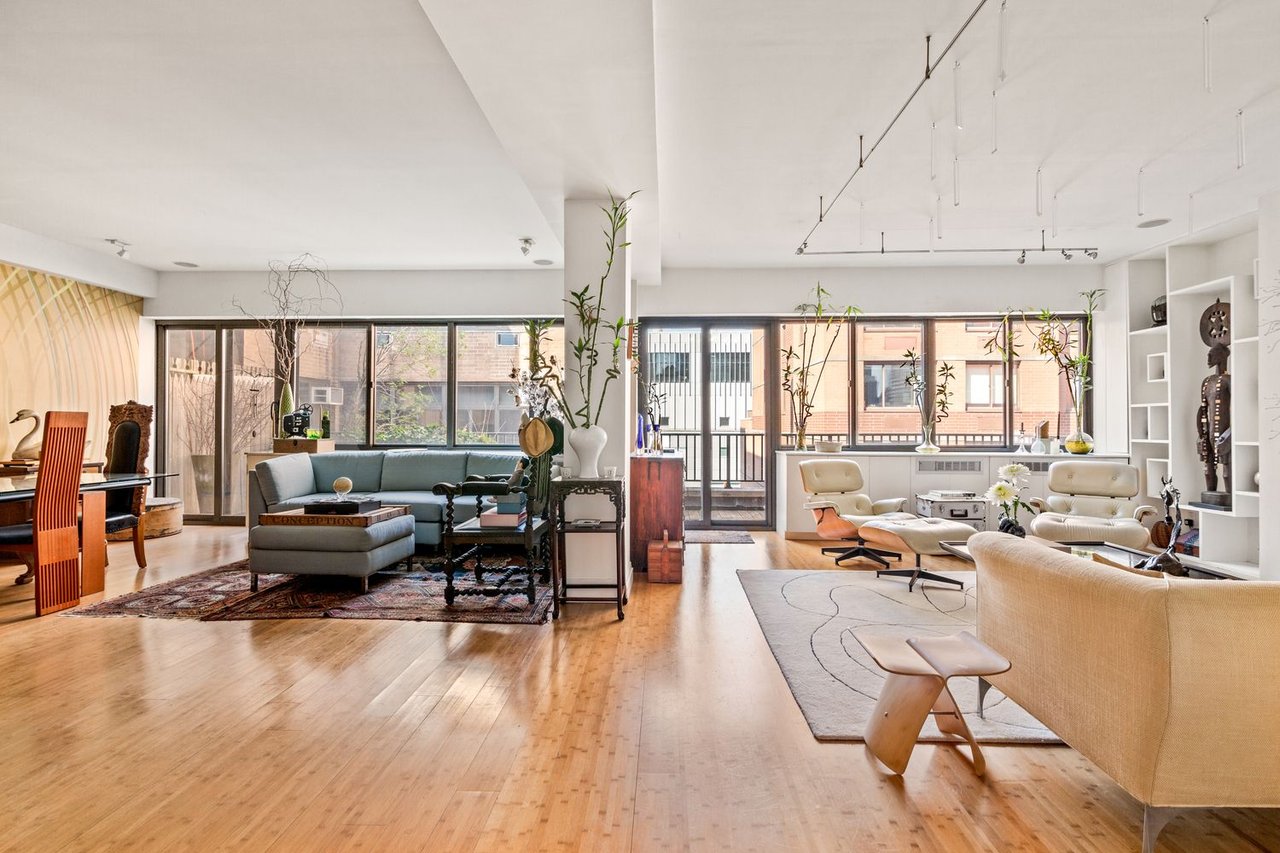 For Sale
For Sale
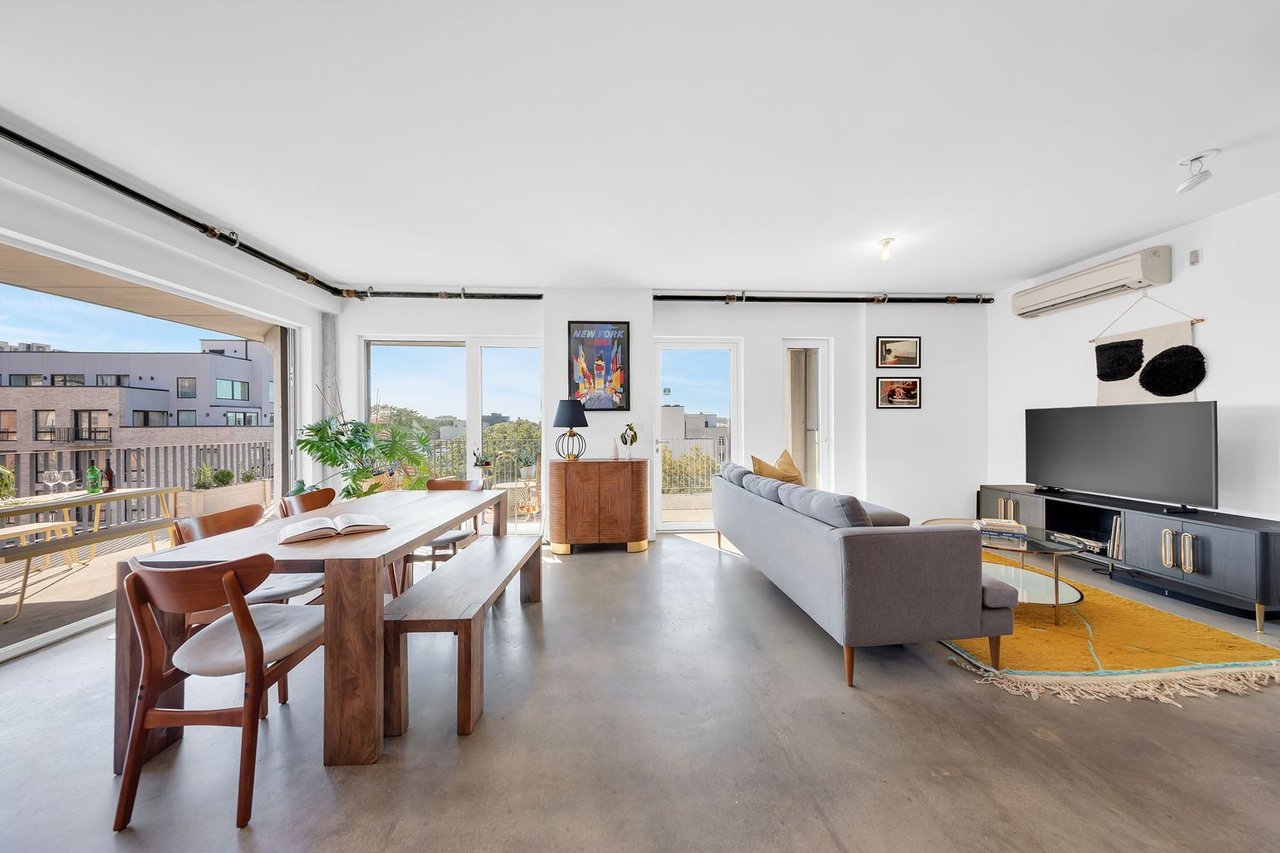 Under Contract
Under Contract
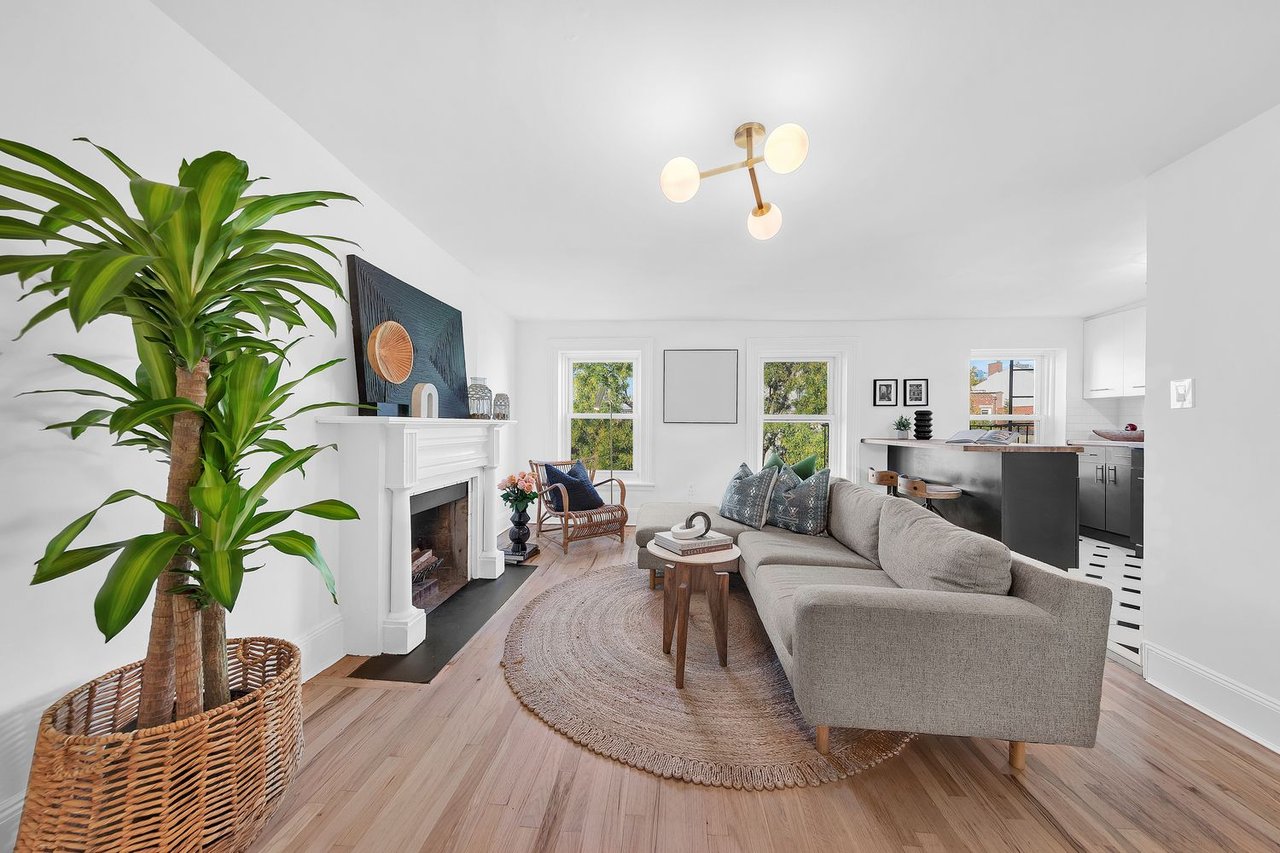 Under Contract
Under Contract
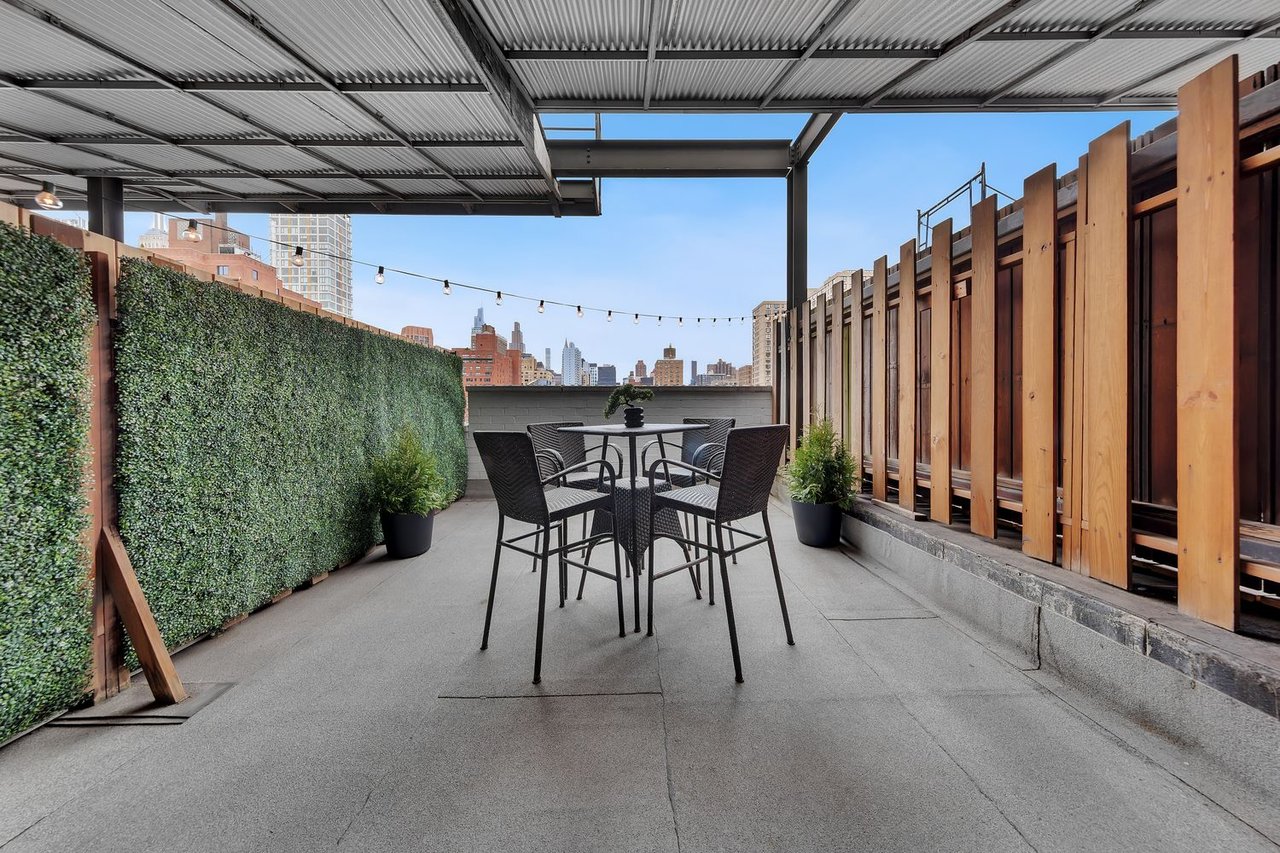 Under Contract
Under Contract
 For Sale
For Sale